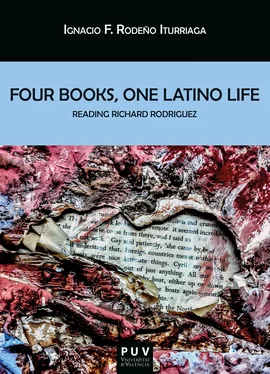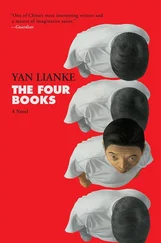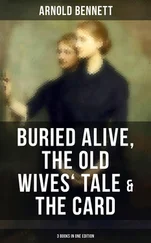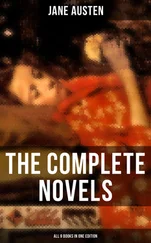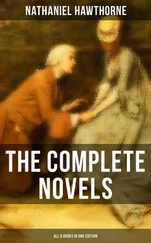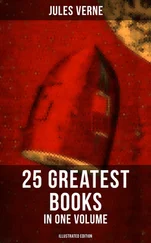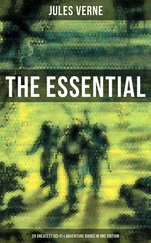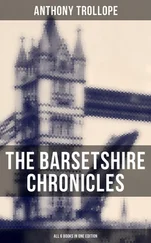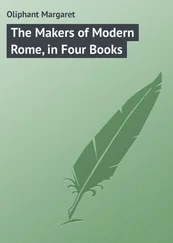Criticism to Lejeune’s paradigm stems from his lack of rigor in applying the “autobiographical pact” once he realized his definition was limiting. Including the work of Sartre and leaving Proust in an ambiguous area between autobiography and fiction, the theoretician seems to mine the definition of the genre he had laid down.
Elizabeth Bruss publishes her Autobiographical Acts in 1776, where she also focuses in the referential quality of the autobiographical. Bruss’s study argues that autobiography cannot be approached by means of chronology, neither as the writer’s disclosure of experience. For the scholar, autobiography is not mimetic, linear but a series of performative acts where memory plays a crucial role. However, a series of requirements need to be met: there must be an identifiable subject, a truth value linked to the honesty of the writer, and a part of what is being treated has to directly relate to the identity of the author. This attempt to define the genre ends up being too restrictive, and it is incapable of closely following the evolution of the autobiographical genre in the last decades of the 20 thcentury and the first of the following one. Bruss’ theory remains in the concrete without arriving to the realm of the general.
Taking the performative nature a step beyond, Louis Renza postulates that the writer brings the past to the present by way of memory, and that process is not a simple recollection. As a consequence of this “presentifying” of the past, as the scholar calls it, the past informs the moment of the writing. Autobiography, hence, is an active cognitive process. One can argue, then, that in autobiography there are three times: that of the past, that of the actual writing –which is informed by the past–, and that of the reading –which is informed by the reader himself.
As it can be seen, by now there is an established opposition to those theoreticians who defended the substantiation of autobiography from external factors to the text. The prevailing scholars center their analyses in the exploration of the self by the self, and thus, they favor the intentional content of the text, going further than the representative value of the narration. William Spengemann treats autobiography as a genre that evolves from history to philosophy, to end up in the realm of poetics. Far from limiting the scope of the genre, he widens it when he declares that in contemporary writing that which started as a biography of the self takes on features belonging to fiction.
For his part, Richard Coe adopts a thematic approach when he attempts to define a variation of narrative of the self closely related to the childhood experience. This leads him to bring about the notion of inner truth in place of a historically verifiable truth. This inner truth, often a symbolic and even poetic one, is exclusive to the author. Therefore, the autobiographical text is closely related to the novel, since it mainly deals with a narrative sequence that reflects the development of the author’s self until he or she acquires a certain degree of maturity.
Linda Peterson posits that the difference between novel and writing of the self resides in that the former is concerned with the narration, with the expression of a self, and with representation, while the latter focuses on the interpretation of self by the same self whereas the narrative structure is not a central feature. Despite the fact that Peterson centers her study in English Victorian texts, her distinction can be applied to a broader theoretical frame. This application is also backed by the influence of Victorian letters in subsequent narratives. As a curiosity it should be remarked here that one of the chapters of the autobiographies analyzed in this book, Days of Obligation , is titled “Late Victorians.”
At the same time that this historical vision based on the existentialist concept of self as an independent entity is being developed, there are attempts to define the autobiographical genre from a deconstructivist perspective, especially after the questioning of the authorial figure that both Roland Barthes and Michel Foucault put forward. Barthes’ “The Death of the Author” distinguishes between the author’s emotion and intention, and it is opposed to the personal notion of author inherited from the classics. Foucault sustains that the author’s facts of life limit the texts, stating that the author is “the principle of thrift in the proliferation of meaning.” (“What is an Author?” 118) Somewhat differently, Genette questioned any approach that connected the life of the author with his or her work. In Figures III , he considers the literary work as a series of rhetoric strategies that are oblivious to any referent in the real world. By refuting the assumption of a previous existence of an ontological I in an objective world external to the text, deconstructivist theories expropriated autobiographical discourse of the referential truth that classic and essentialist theoreticians transmitted, even though they related other types of truth to these narratives.
Mehlman had affirmed in the mid-1970s that the modern attempts in the field of autobiography revealed the impossibility of re-living one’s life, what later on will be addressed as the impossibility of self-representation. Along these lines, Paul de Man argues that writing of the self, or the texts qualified as autobiographical, offer a mirage of reference rather than a referential truth. For de Man the writing of the self cannot even be considered a genre. Michael Sprinkler is, perhaps, of all deconstructivist theoreticians, the one who goes furthest in his dismantling analysis. Sprinkler posits that both autobiography and the idea of the author as the sovereign of the discourse are purely epistemological products, and they have no validity from the very moment when the ontologic self of the 19 thcentury has disappeared, thus ending any formal possibility for the writing of the self. Deconstructivist criticism on autobiography evolved into postmodernism. Ihab Hassan considered autobiography an impossible form, since he questioned the possibility of reviving a life without falling in the creases of its own hermeneutic circle.
However there are other stances that have viewed the narratives of the self less as a literary form preoccupied with rhetoric strategies and more as a cognitive form of perception. These psychological orientations are apparent in the critical works of James Olney and Paul John Eakin. By associating with the narrative of the self the terms of metaphor and fictions, respectively, both these scholars posit that autobiographical truth is designed after certain configurations produced by the phenomenological I. That is, they are worried about the mechanics of that mental activity, thus leaving behind the idea of a fixed self, characteristic of the static psychology. In this way, Olney and Eakin perceive autobiography from a theory that can be labeled as theory of perception, based on a notion of a dynamic self that is at the same time operative and experimental.
In Metaphors of Self , James Olney deems the mind of an autobiographer a metaphor generating mechanism. He intuited from the onset that one should not judge the narratives of the self as a formal nor historical matter but rather as the presentation of self in its development through the interference of metaphor, since considering the I from an existentialist point of view, or any other point of view for that matter, becomes irrelevant to the role of that I in the autobiographical text. Therefore, instead of busying himself with the prescribing of an ontology of being, Olney develops what he calls the ontology of autobiography, which he describes as “the order of reality that an autobiography can make claim to.” (“Some Versions” 237) In the same article, he upholds that the I is manifested by means of figurative constructions that transmute their historical past –his or her life– into a second degree life, product of the creative power of the mind: “The bios of an autobiography, we may say, is what the ‘I’ makes of it… neither the autos or the bios is there in the beginning.” (“Some Versions” 247) The creation of this life – bios – in what can be called its derivative results in the ontology of autobiography, which reconstitutes the first narrative and historical level within the phenomenological that is present in the text by virtue of the creative act of remembrance itself. Hence, facts from the past are reinterpreted under the light of the current awareness of the autobiographer, and the relationship between the actual events in the past and those portrayed in the text is based more in their significance than in chronology. In this light, certain elements linked to the life of the author, such as places, times, or individuals are portrayed as universal, eternal, and poetic. By eliminating the narrative and chronologic criteria in regards to the lived events while at the same time avoiding any generic obstacle, Olney centers his attention in the practice of what can be called autobiographical, more than what has been labeled as autobiography according to generic terms strictly. This scholar has also occupied himself in establishing the resources that allow us to operate with a feature present in most of the narratives of the self: the relationship between the I from the present and the I from the past.
Читать дальше
